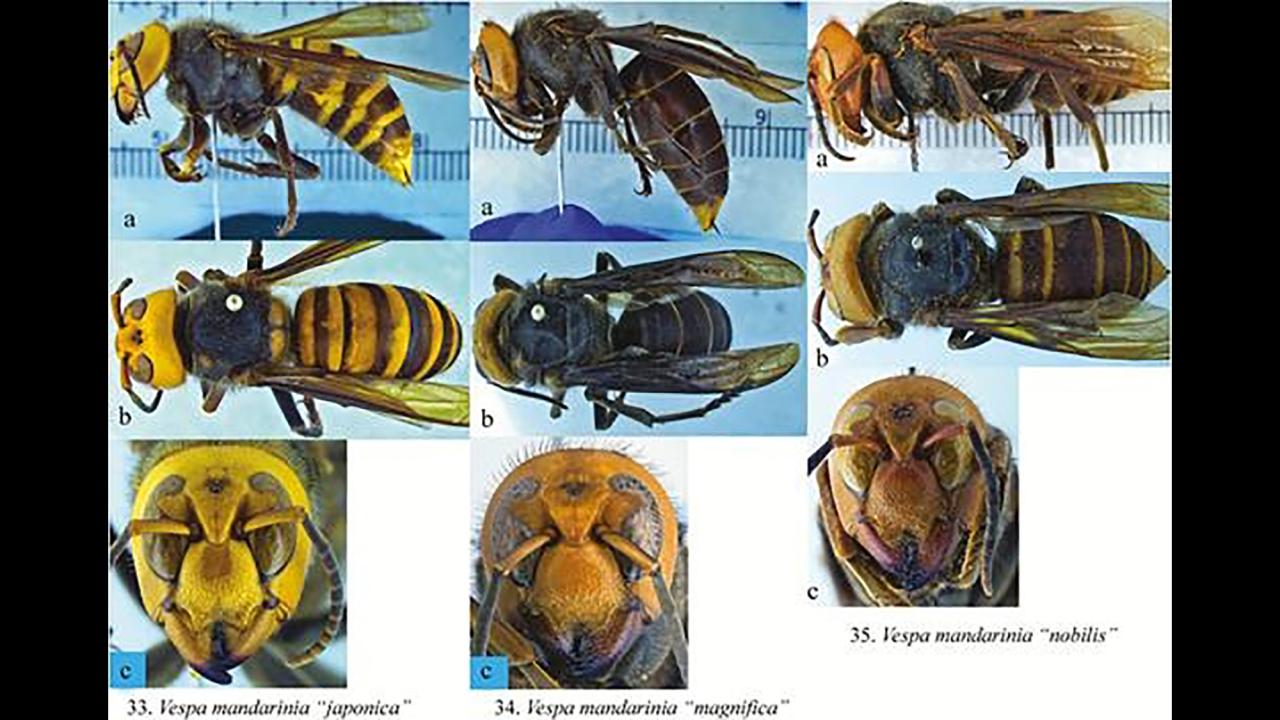There’s been much ado about hornets in the U.S. media lately, after a colony of the Asian giant hornet, Vespa mandarinia, was found and destroyed on Vancouver Island, British Columbia last year. Hornets are predators of other insects and a potential threat to beehives. But with no Asian giant hornets detected in North America so far this year, it’s highly unlikely that the so-called “murder hornet” poses a threat to U.S. apiculture. In any case, Asian beekeepers have long learned how to keep them out of hives. Sadly, that hasn’t stopped killing of a host of harmless or beneficial wasps and bees in parts of the U.S..
A new article coauthored by UC Davis entomologist Lynn Kimsey explores the diversity of hornets, which all belong to the genus Vespa. Hornets belong to the same order of insects (Hymenoptera) as bees, ants and wasps.
“Hornet species identification can be sometimes difficult because of the amount of intraspecific color and size variation,” the authors write. “This has resulted in many species-level synonyms, scattered literature, and taxonomic keys only useful for local populations. We present a key to the world species, information on each species, as well as those intercepted at United States ports of entry during the last decade.”
The article includes images of the 22 Vespa species and some previously described subspecies. The key should help state and federal officials identify the hornet species. Beekeepers, farmers and ecologists and others on the lookout for the Asian giant hornet could also benefit from being able to distinguish the (unlikely) invasive Asian giant hornet from domestic species.
Other authors on the paper are Allan Smith-Pardo, U.S. Department of Agriculture Animal and Plant Health Inspection Service (APHIS) and James Carpenter, American Museum of Natural History.
Media Resources
The Diversity of Hornets in the Genus Vespa (Hymenoptera: Vespidae; Vespinae), Their Importance and Interceptions in the United States (Insect Systematics and Diversity)
Panicked over ‘murder hornets,’ people kill bees we desperately need (Los Angeles Times)
Newly Published Research on Vespa Species; Authors Include UC Davis Entomologist (UCANR news)
Big, Beautiful, and Confusing: Deciphering the True Hornets (Entomology Today)
